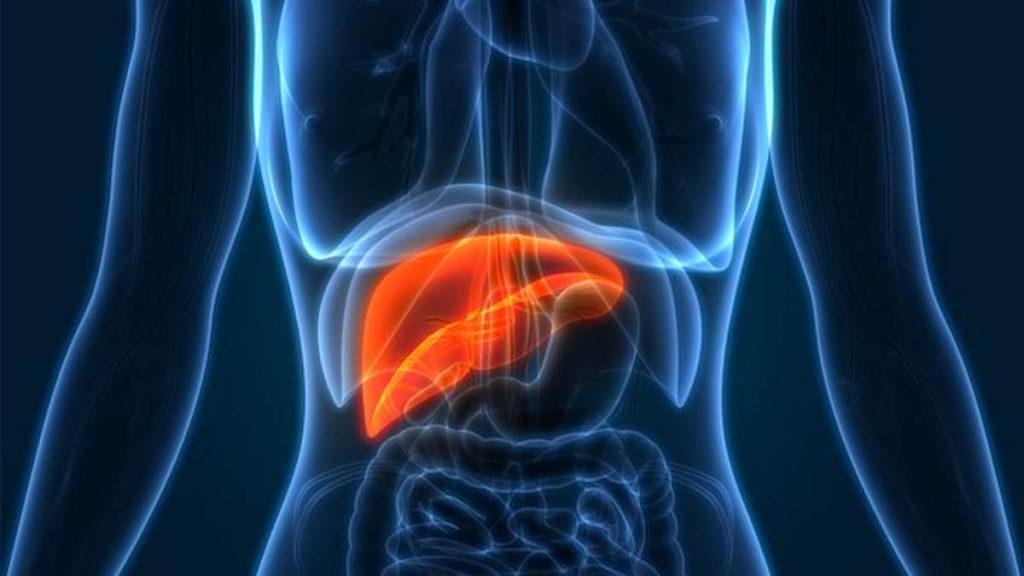Resistance to liver cancer treatment discovered by University of Hawaiʻi researchers

Liver cancer is the fourth deadliest cancer in Hawaiʻi, particularly affecting Native Hawaiian, Filipino and Japanese men.
Patients can develop liver failure when tumors metastasize or spread to the healthy portions of the liver, which results in a rapid decline of health and even death.
Currently, immunotherapy is the standard of care for patients with liver cancer. However, while newer immunotherapy medications, which use a person’s immune system to fight cancer, can slow the spread in many types of cancers, liver tumors often do not respond.
University of Hawaiʻi Cancer Center researcher Benjamin Green, MD, led a team to conduct public impact research and published a study aimed to better understand why this happens.
“Sometimes, immunotherapy can cause the generation of pro-cancer immune cells called regulatory T cells or ‘Tregs’,” Green said.
Using cutting-edge sequencing technology, Green and his team performed the most comprehensive analysis of liver Tregs to date in mice that received immunotherapy. They discovered that the Tregs in the liver that expressed a CD29 protein were more immunosuppressive, and increased in abundance when mice were treated with immunotherapy.
Regardless of the type of cancer that was placed into a mouse’s liver, immunotherapy nearly doubled the quantity of CD29+ Tregs. Although the CD29 protein is understudied in Tregs, it likely has an impact on controlling the Treg population in the liver.
“Our results may be applicable to a range of liver diseases. In liver cancer, we think that CD29 may represent a new potential drug target to help patients respond to immunotherapy,” said Green. “We will determine whether these Tregs can be killed to improve immunotherapy of liver cancer.”
Investigating liver cancer in local patients
Green received a pilot project grant from Ola Hawai‘i (a University of Hawai‘i minority health research center) to continue this work, which he started at the National Institutes of Health. He is partnering with data scientists and molecular pathologists at the University of Hawai‘i at Mānoa John A. Burns School of Medicine, as well as liver cancer doctors at The Queen’s Medical Center to examine a number of liver tumors removed from Hawaiian and non-Hawaiian patients to see if they contain different percentages of CD29+ Tregs.
“I am grateful to the UH Cancer Center and the patients in Hawaiʻi that have enabled me to continue this important research,” he said. “Working together, I believe that we will contribute to designing more effective medications for future patients suffering from liver cancers.”
Sponsored Content
Comments








